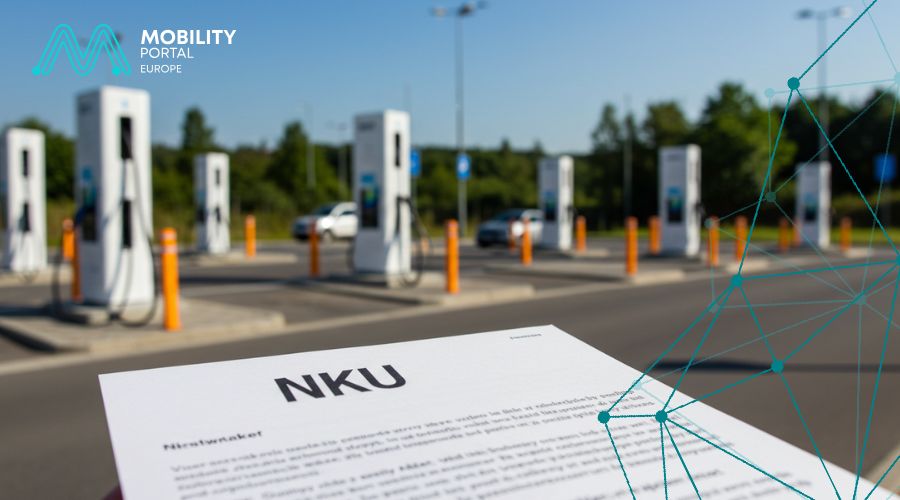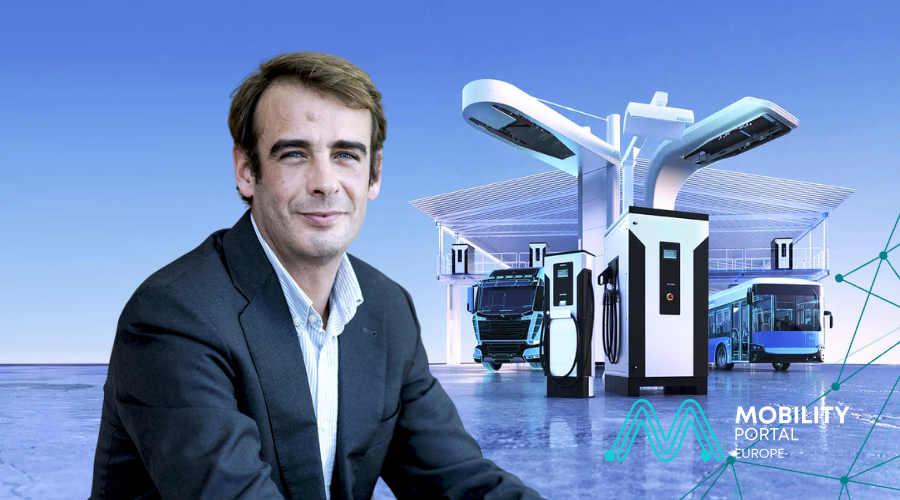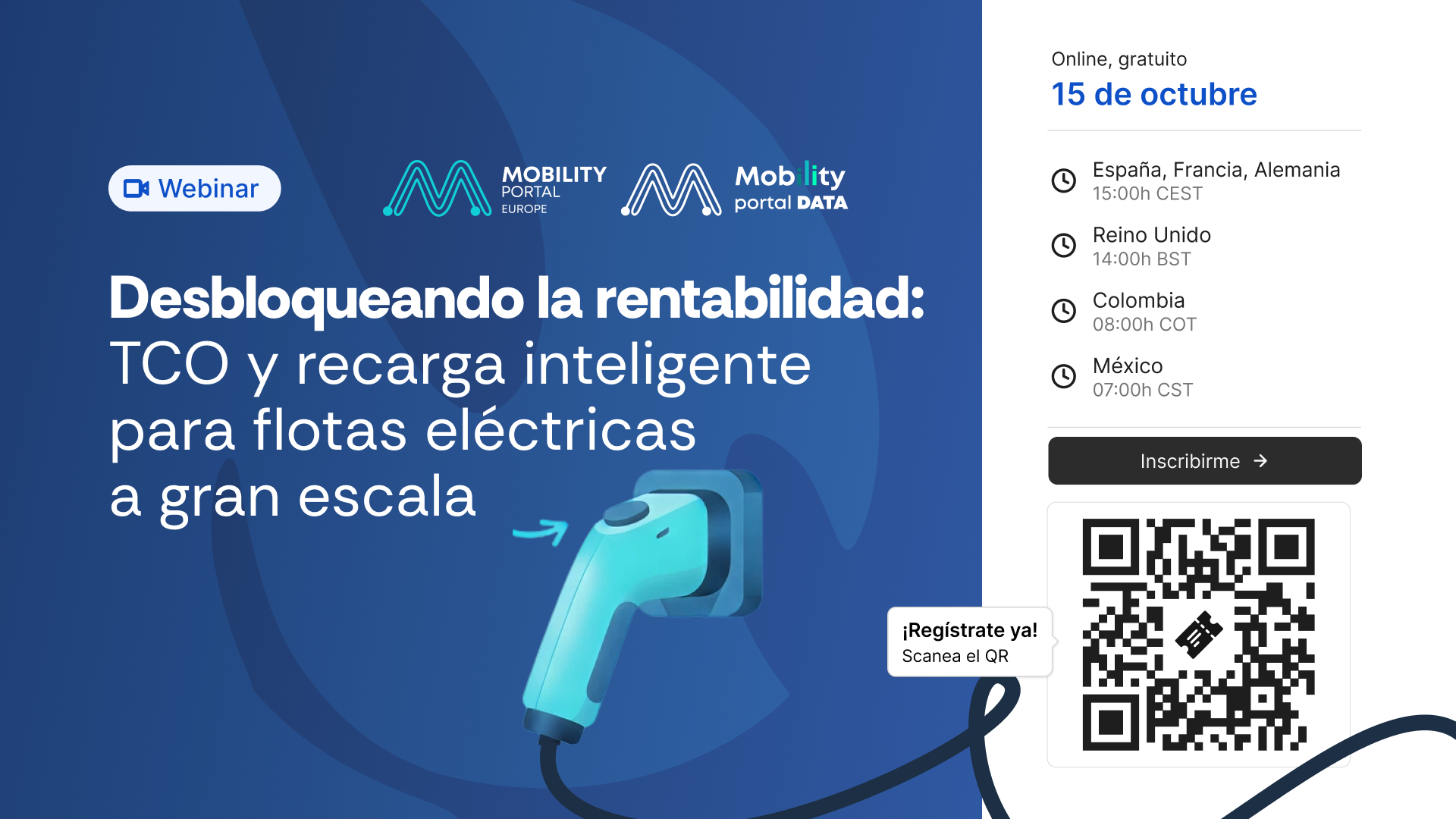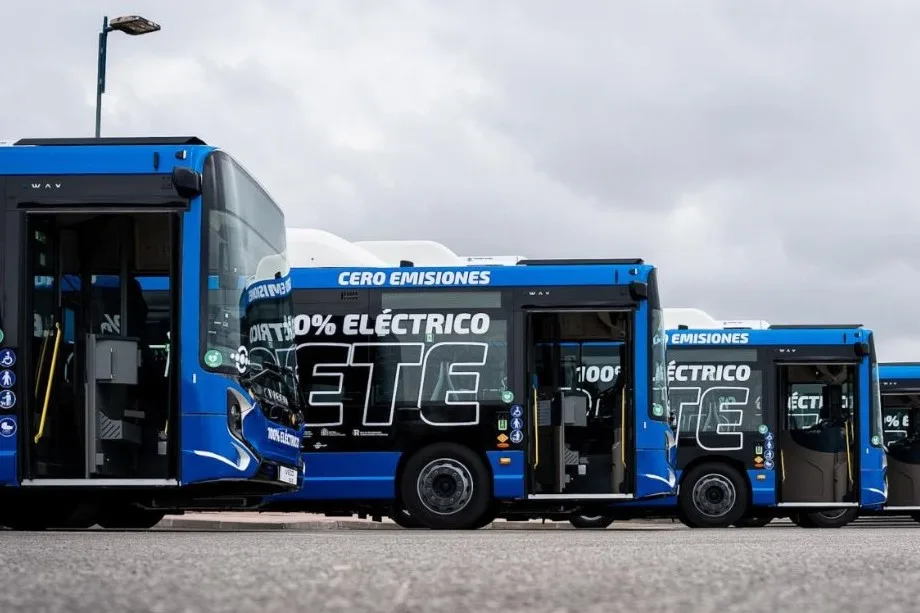Slovakia’s Supreme Audit Office (NKÚ), an official and independent body, has identified structural shortcomings hindering the development of electromobility in the country—despite the availability of funding.
Key obstacles include low fund execution, a lack of coordinated planning, and an unevenly distributed infrastructure.
According to the report, there has been underutilisation of the 50 million euros allocated for the deployment of charging points through the Recovery and Resilience Plan.
Moreover, between 2022 and 2024, no specific public call was issued for the installation of chargers, despite Slovakia’s commitments to the European Union.
The report also warns that the National Strategy for the Development of Electromobility from 2015, along with its corresponding action plan, does not reflect the current state of technology or the applicable regulatory framework.
According to NKÚ President Ľubomír Andrassy, “It is necessary to draft a new action plan or update the existing strategy to reflect current realities and set clear targets, including those related to the number of battery electric vehicles.”
2030 Projection: A Distant Goal

According to the Slovak Electric Vehicle Association (SEVA), as of June 2025 there are 2,818 operational public charging points across 1,117 locations.
The national energy strategy sets a target of 25,000 public charging points by 2030. Based on the latest figures, the country has achieved just 11.3% of this goal.
Patrik Krizansky, Director of the Slovak Electric Vehicle Association (SEVA), considers the Recovery Plan a valuable yet underexploited tool.
“It is vital—although still underused—for accelerating the transition to electromobility in Slovakia,” he notes.
Concentrated Network and Unserved Municipalities
The audit reveals that over 50% of charging points are located in just 15 cities, with a high concentration in Bratislava and Košice.
In contrast, 40% of municipalities have no operational public chargers whatsoever.
This territorial imbalance limits electric vehicle use outside urban areas and affects both fleet operators and private users in peripheral zones.
AC Chargers Still Dominant
The report also focuses on the quality of infrastructure in Slovakia.
More than 60% of operational chargers are low-power alternating current (AC) units, which restrict their usability for logistics, professional transport, or interurban travel.
The audit notes that these devices entail prolonged charging times, reducing operational efficiency and turnover in high-demand zones.
Furthermore, they are unsuitable for meeting the needs of electric lorries, buses, or delivery vans, creating a barrier to the electrification of commercial fleets.
According to the report, current planning lacks differentiated technical criteria by user type or vehicle segment, and does not prioritise infrastructure deployment tailored to logistics corridors or industrial zones.
However, Krizansky highlights that the current plan does include the installation of chargers of up to 400 kW, designed for large vehicles.
“These points will drastically reduce charging times and make the intensive use of electric vehicles viable in logistics and regional services,” he states.
He also confirmed to Mobility Portal Europe that they are in the final phase of awarding the construction of 251 ultra-fast charging stations at 35 logistics centres, with commissioning planned for mid-2026.
Institutional Fragmentation
The NKÚ report concludes that there is currently no dedicated national electromobility strategy, nor a central authority with defined responsibilities for its implementation.
Responsibilities are divided among the Ministries of Transport, Economy, and Environment, with no coordination mechanisms, shared targets, or systematic evaluation.
Among the recommendations issued by the National Audit Office of Slovakia are the establishment of a national coordinating body for electromobility, accelerated execution of available funds, standardisation of technical requirements for chargers, and the integration of electrification targets into public procurement processes.
DISCOVER MOBILITY PORTAL DATA
Discover Mobility Portal Data, a new exclusive market intelligence platform offering reliable data and key reports to support smart decision-making across the automotive sector — covering both combustion and electric vehicles, as well as charging infrastructure.
Research, trend analysis, and neatly organised statistics presented with clarity and precision, alongside up-to-date insights — all just one click away. With Mobility Portal Data, good decisions are on the horizon.
READ MORE
-
Siemens acelera en Iberia: 300 puntos de recarga para eBus y alcanzará los 1,3 MW de potencia
La compañía consolida su presencia en la región con foco en flotas de autobuses, camiones, acuerdos con CPOs y el lanzamiento de nuevas soluciones de alta potencia. Aquí, un adelanto de lo que está por venir de la mano de João Gouveia, Business Unit Manager eMobility Iberia de Siemens.
-
Webinar exclusivo: TCO y recarga inteligente, las claves para electrificar flotas a gran escala en España
Bajo registro gratuito, el 15 de octubre (15 h, Madrid) Mobility Portal España reúne a referentes para optimizar TCO y recarga inteligente en flotas a gran escala, con estrategias y casos reales.
-
Málaga acelera la electrificación de su flota: 20 nuevos autobuses sostenibles en 2025
Málaga continúa reforzando su estrategia municipal de descarbonización del transporte público, que busca reducir las emisiones, modernizar la flota y adaptarse a los estándares europeos de movilidad sostenible.











